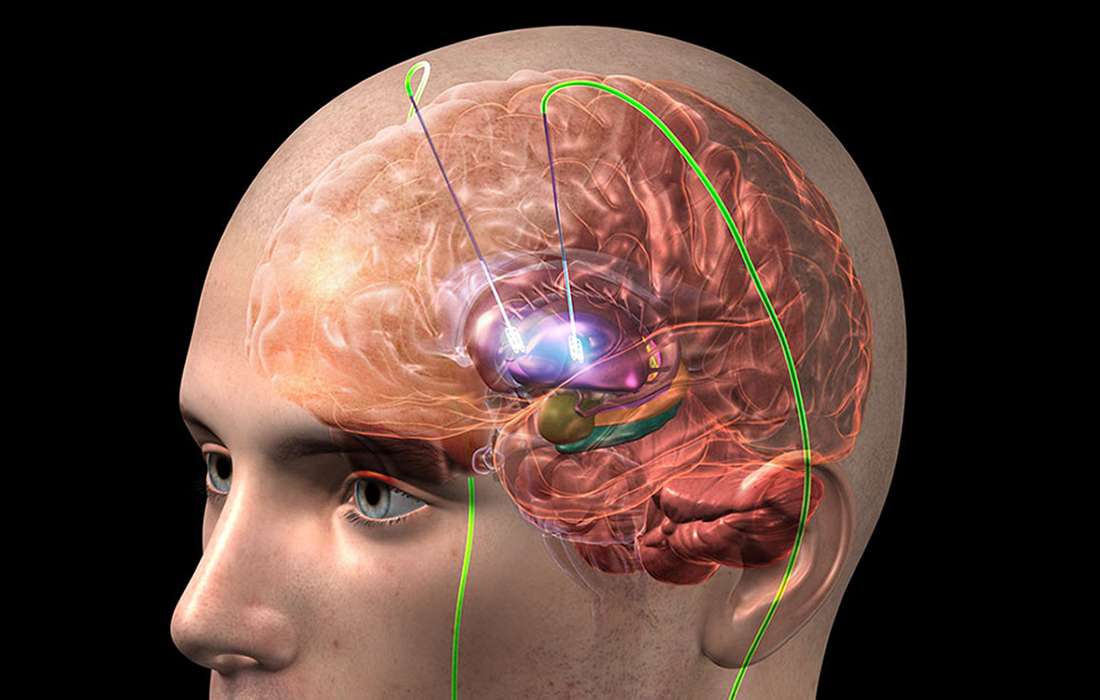Regenerative Medicine News and General Information
New Parkinson’s Treatment with Electrical Stimulation
It is estimated that more than 10 million people worldwide are currently living with Parkinson’s disease according to The Parkinson’s Foundation. Nearly one million people in the U.S. are living with Parkinson’s disease (PD), which is more than the combined number of people diagnosed with multiple sclerosis, muscular dystrophy and Lou Gehrig’s disease (or Amyotrophic Lateral Sclerosis). This is expected to rise to 1.2 million by 2030.
Approximately 60,000 Americans are diagnosed with PD each year. Incidence of Parkinson’s disease increases with age, but an estimated four percent of people with PD are diagnosed before age 50 and men are 1.5 times more likely to have Parkinson’s disease than women.
What is Parkinson’s Disease?
Parkinson’s disease is a progressive nervous system disorder that affects movement. Symptoms start gradually, sometimes starting with a barely noticeable tremor in just one hand. Tremors are common, but the disorder also commonly causes stiffness or slowing of movement.
Parkinson’s disease develops due to the progressive degeneration of neurons in a part of the brain called the substantia nigra. The death of these neurons results in a deficiency of the neurotransmitter dopamine.
What Causes Parkinson’s Disease?
In this disease, neurons in the brain gradually break down or die. Many of the symptoms are due to a loss of neurons that produce a chemical messenger in the brain called dopamine. When dopamine levels decrease, it causes abnormal brain activity, leading to impaired movement and other symptoms of the disease. The cause of the disease is unknown, but several factors appear to play a role, including:
- Genes: researchers have identified specific genetic mutations that can cause the disease. But these are uncommon except in rare cases with many family members affected by the disease.
- Environmental factors: exposure to certain toxins or environmental factors may increase the risk of later Parkinson’s disease, but the risk is relatively small.
Current Treatments
The main treatment option for the disease is the drug levodopa, which acts as a dopamine replacement. The medication normally loses its effectiveness over time, and some people can develop motor complications as a result of using the medication.
Once the medications for the disease stop being effective, another treatment option is the use of high frequency deep brain stimulation to help reduce the symptoms. This treatment can also be used for other conditions, such as dystonia, tremors and epilepsy, and even obsessive-compulsive disorder.
Some Parkinson’s disease symptoms respond well to the treatment, but it can come with severe adverse effects, such as worsened depression, psychosis and impulse control disorders.
Study from the Journal Science
A new study recently published in the journal Science, investigated a way to improve deep brain stimulation in the treatment of Parkinson’s disease. The researchers used a technique called optogenetics, which enables them to activate or inhibit specific neuron activity through the use of light. This can target specific neurons and provide long lasting effects in dopamine depleted mice according to previous research.
They used a mouse model and found that they could target specific neurons through brief bursts of electrical stimulation compared to previous use of continuous application. These targeted treatments restored and maintained movement several hours after stimulation and provided long lasting therapeutic benefits in the mice.
Researchers said that the use of these therapies provided long-lasting effects that exceeded those induced by conventional deep brain stimulation and that the results establish the feasibility of transforming knowledge of circuit architecture into new therapeutic approaches that hopefully can be translated to humans.
Source:
Leigh Ann Green (2021, October 9). Research shows promising results for Parkinson’s treatment. Medical News Today. Retrieved from:
https://www.medicalnewstoday.com/articles/research-shows-promising-results-for-parkinsons-treatment
https://www.mayoclinic.org/diseases-conditions/parkinsons-disease/symptoms-causes/syc-20376055
https://www.parkinson.org/Understanding-Parkinsons/Statistics

